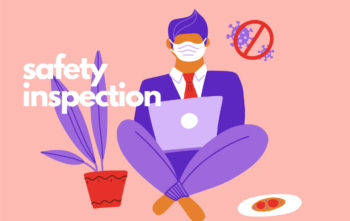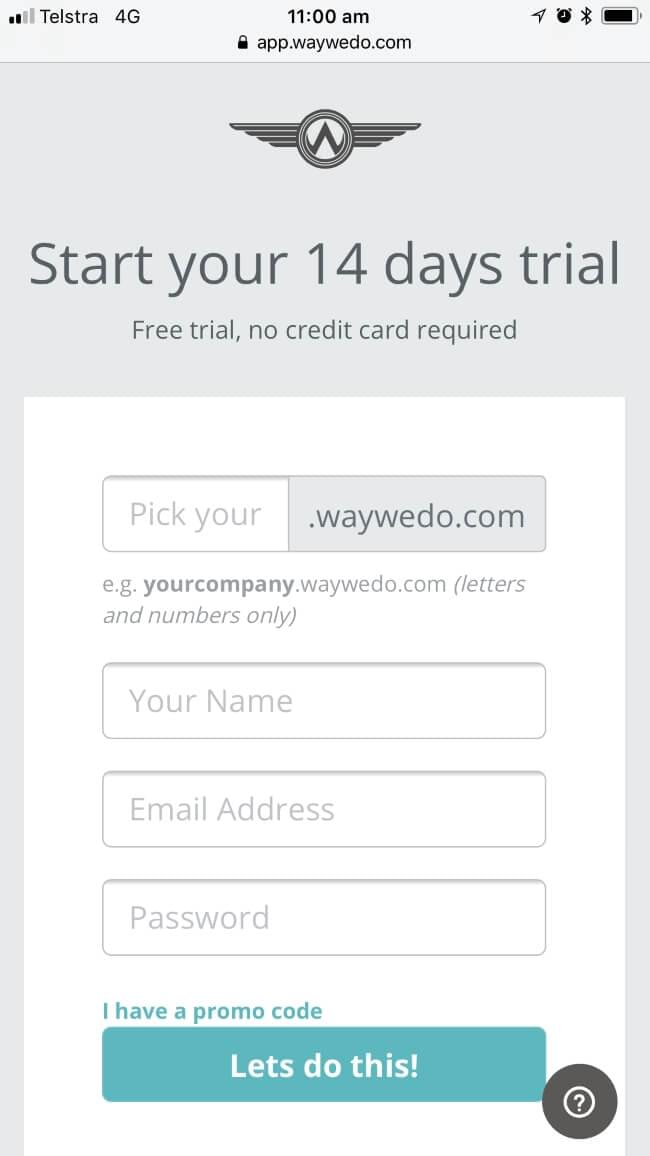We may have bid adieu to 2020 – what the vast majority of us agree has been one of the most horrendous of years – yet we are still living with one of the biggest crises it brought down upon us: the COVID-19 pandemic. While some endured and prevailed over the worst of the outbreak, others are still struggling to contain the virus’s spread – like the UK, who now have a new strain to contend with on top of a new wave.
Navigating the effects of the pandemic has been incredibly challenging for businesses, as it has been for the wider community. For some, the toughest decisions have been around how to keep their operations going while stepping up their safe workplace standards. In any business, it’s management’s responsibility to implement preventative measures and new ways of working under these unusual and ever-changing conditions. The most effective way to achieve this is by developing a COVID Safe plan for your business.
During the last few months, we’ve seen employees – even those in non-medical fields – put at risk of infection in their workplaces: On the Eglington Crosstown LRT in Toronto, 28 workers tested positive for COVID-19 and still went to work. The State of Oregon reported a rise in workplace infections from 19 to 89; and more than 40 UPS employees in Tuscon, Arizona contracted the virus as a result of lax workplace measures – even after an employee complained to OSHA.
Employees’ health and safety must be a top management priority; after all, you can’t operate effectively without a healthy team. Creating a COVID Safe plan gives you and your staff a clear outline of the business will continue to provide goods and services to your customers, safely as well as responsively.
Creating a COVID Safe plan
COVID Safe plans will differ depending on the size and scale of the business it’s written for; you may find you’re required to create site-specific plans for different parts of your business. Here are five areas you should address, at a minimum, when you’re preparing your own COVID Safe plan.
1. Public Health Directives
Include current Public Health Directives that set out your obligations as an employer, and your employee’s obligations for safe practices. This might include workplace restrictions, government directives for your industry, and any updates to workplace and company policies as they relate to the pandemic.
Review and update this part of your plan regularly to stay up-to-date with the changing situation. Use your Way We Do account to create a label containing your COVID Safe plan and include the Acceptance feature to alert your staff to any updates and changes to these directives. notify employees of changes and updates to directives.
2. Preventative guidelines
These include any measures you may have developed internally, along with any government-recommended best practice guidelines you need to implement to keep your workplace safe. Measures might include return-to-work guidelines, safe distancing guidelines and changes to workspace layouts, hygiene and cleaning guidelines, contact tracing guidelines, and other mandatory practices. You can prepare your guidelines in the form of policy documents, procedures, and recurring activated checklists to help keep your staff on track and COVID safe while they’re at work.
3. Support services
Include information on how you plan to support your team through these strange times in your COVID Safe plan. This might include mental health and wellbeing support services for your staff, extended leave entitlements, and/or additional technology services. If you can’t give your staff in-house access to these types of services, include information on how they can access them if and when they’re in need.
4. Incident notification
A critical part of your COVID Safe plan is what to do when someone – be they a team member, a customer, or other direct contact – presents as unwell, or is suspected or confirmed as having COVID-19. Include information on how your business will manage services and operations in this situation, and what your staff must do to immediately implement any government directives your business is given.
5. Training and awareness programs
Your COVID Safe plan should include any information on required safety training for your staff. How much training you provide will depend on their responsibilities and the equipment they use in their day-to-day work. Include a training schedule as well to indicate any potential retraining staff may need to do as circumstances and directives change. You may choose to carry out this training in-house, or you may prefer to enrol team members in a recognized COVID-19 Safety training course. As an example, in Australia, each state or territory has created an online safety training course that anyone can enrol in.
COVID Safe plans around the world
We decided to do some research into see what health authorities around the world have recommended for creating COVID Safe plans. We chose the US, Canada, the UK, Australia and New Zealand as our research subjects, and targeted five key areas to compare.
- Industry directives – we referenced industry-specific directives, for instance, construction, child care, healthcare, events management, transport operators, retail and hospitality.
- Training – COVID training; mandatory in some locations.
- Social distancing, and mask usage guidelines.
- COVID Safety Compliance enforcement.
- Dealing with suspected and confirmed cases.
Here’s what we found…
| USA | CANADA | UK | AUS | NZ | |
| Industry directives | Yes | Yes | Yes | Yes*
|
Generalized guidelines for all businesses |
| Training | General training recommendations given** | Yes, online courses provided by National OHS Authority | Yes, but accessed through external providers | Yes, industry-specific training, and state/territory- provided training available online. | Yes, online. |
| Social distancing guidelines | Yes, national guidelines in place | Yes, territorial measures also applied. | Yes, separate territorial guidelines applied. | Yes, national and state/territory requirements applied synonymously. | Yes, available for various alert levels. |
| COVID Safety Compliance enforcement | National guidelines in effect, enforcement applies mostly to record keeping and PPE. | Generalized information available, territory enforcement applied. | National guidelines applied | National Safety compliance principles, enforcement is territorial***. | National guidelines and enforcement with COVID Act. |
| Dealing with suspected and confirmed cases | Yes, interim general guidance in place. | Yes, general guidance available. | No guidance available for workplaces, only households. | Yes, national and state/territorial guidance available. | No formal guidance, only general information. |
* Generalized safety guidelines created by industry type.
** General training recommendations are given, and guidelines on how to create a COVID-19 training program.
*** National Safety compliance principles exist but are not enforced. Some are enforced in specific territories. For instance, in Queensland, businesses in certain industries can only operate on implementation of an approved COVID Safe industry plan from the State Government.

Recommended processes and procedures across locations
In our research, we noticed the following procedures and processes as the most commonly recommended to include in COVID Safety plans, regardless of location.
-
- A notification process, outlining the steps to follow once the exposure risk is identified.
- A safe distancing procedure, outlining the guidelines on appropriate social distancing in the workplace.
- Identification and isolation procedures, outlining what to do in the case of a confirmed COVID-19 case in the workplace.
- A contact tracing procedure, outlining what information to collect from visitors to your workplace, and when.
- A cleaning and disinfecting process, to help with health and hygiene measures at your workplace, and to review what changes you may need to make.
- COVID Safety Risk Assessments, to help review workplace practices, identify what work activity or situations might cause transmission of the virus, and implement preventative controls to mitigate transmission.
For each of these, we’ve created an Activated Checklist template that you can review and amend to suit your business and territory. Let us know if you’d like us to add these templates to your Way We Do account.

Reporting is the key to success
Once you’ve got your plan in place, getting frequent management reports is vital to keeping your business on its COVID Safe path. For your Activated Checklists, accessing this information is as easy as using the Reports feature in Way We Do. These reports will give you insights into how compliant your business is in terms of worker safety, which measures and controls you need to implement, what processes you need to update, and any at-risk workers or locations.
Steps to stay safe at work
The COVID-19 situation is ever-changing, and the situation on the ground today isn’t the same as it was a year ago. Some of us are enjoying the freedoms that have come from fewer community restrictions, while others are facing tougher going as new hotspots, strains, further waves sweep through. The information we’ve presented in this post, and that your local health authorities recommend are designed as preventative measures to reduce the risk of spreading COVID-19, and as such, should be compatible with any OHS programs you have in place.
Monitor the situation in your territory closely, and be sure to implement any necessary preventative controls as new information comes in. For some industries, vaccination may or may not become mandatory. However, it’s most important to arm your staff and management team with the information they need to make the right choices for their own, and everyone else’s, safety.





